The fall season offers an abundance of painting ideas and inspiration. As leaves transition into vibrant hues, embrace the deep, warm autumnal colors that surround us. And let’s not forget the delightful addition of pumpkins and squash!
Often, thinking of good fall painting ideas can be difficult. However, looking at great paintings by other artists is a really wonderful way to jump start ideas for your own work. Particularly, when you’re having trouble thinking of fall themed painting ideas yourself!
In this article, you’ll find a compilation of wonderful paintings with fall scenes. As well as tips for how to begin working with mixing fall colors for your own paintings. So, let’s get started by exploring inspiring ideas for fall-themed still life paintings!
Fall still life painting ideas
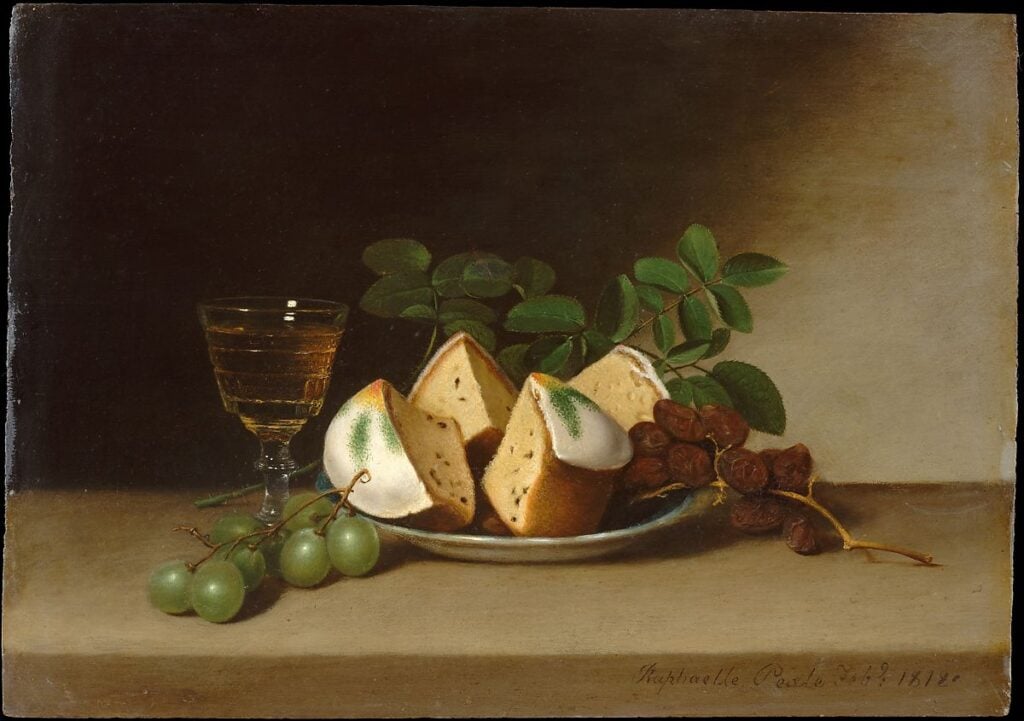
Still life painting is perfect for this time of year. When the cool autumn air sets in and painting outside is not always practical. And for finding easy fall painting ideas inside of the house – food items, are always great objects to look towards when setting up your fall still life. As they have and continue to have, a big role in the still life genre.
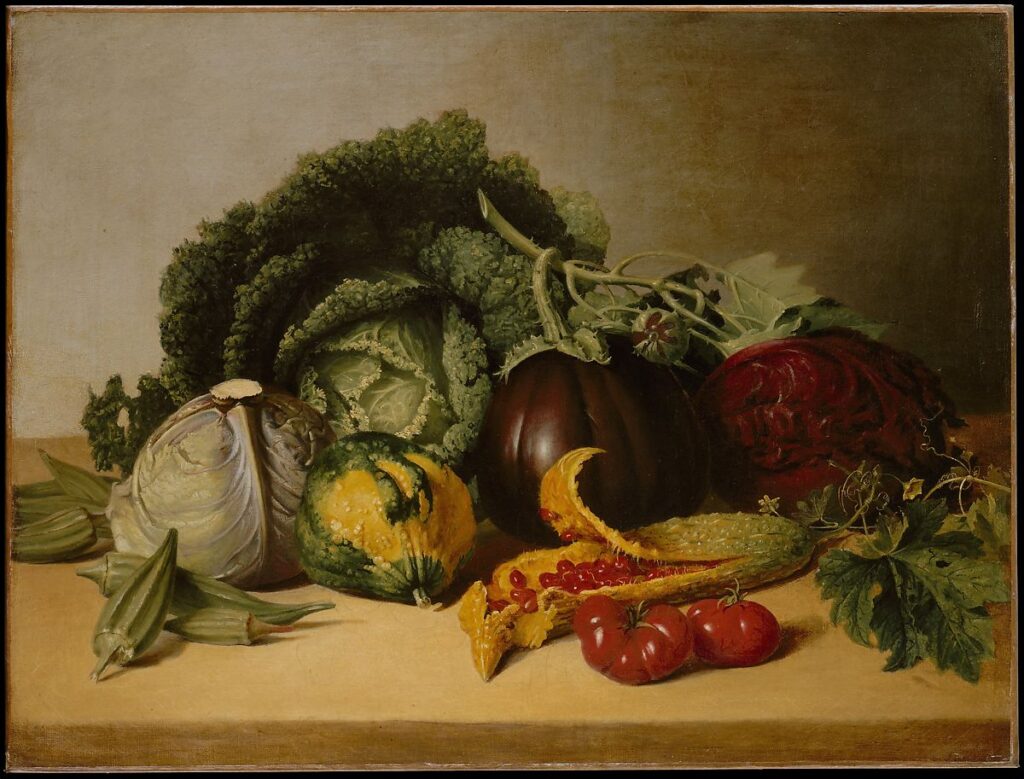
Pumpkin and squash still life
What could be more quintessentially fall than adding pumpkins and squash to your still life? Below is an early 18th century example of just such a still life, with pumpkins by Stefan Michal-Voros Izbighy.
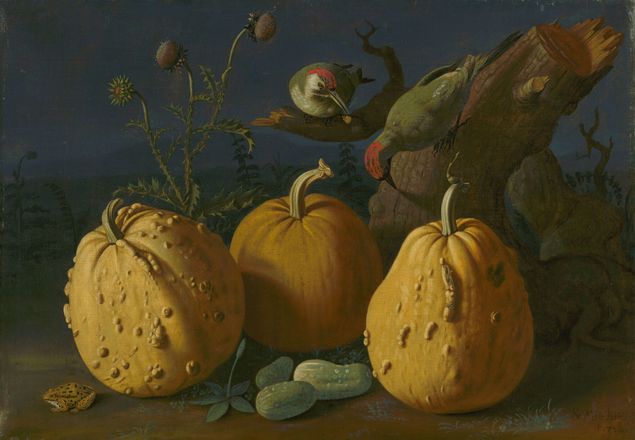
The focal point of this fall still life is of course the three pumpkins that are front and center. However, it is placed in an outdoor setting with some plant life and birds and is replete with fall colors – orange, brown and muted greens.
The artist mixed some rich muted orange colors for the pumpkins. In all likelihood the painter mixed blue with orange to mute the orange. Blue is the complementary color of orange and complementary colors can be used to mute colors! However, the artist would have also mixed blue with orange to darken the color as well and use it for the shadow area.
However, the artist also mixed some dark warm oranges. To get these colors he mixed red with his dark muted orange color. You can mix a wide range of different oranges with the colors red yellow, blue and white.
Contemporary autumn painting of a winter squash
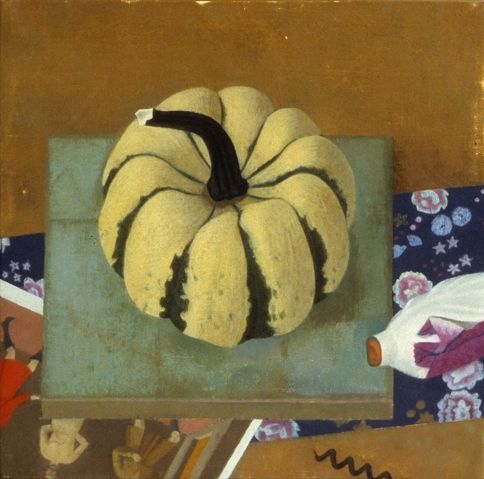
Here is a contemporary example of a fall themed still life painting by Susan Jane Walp. Front and center we find a lovely squash – an object that is so familiar to us during the fall season. The painting is filled with fall colors – muted yellows, dark muted greens and beige. However the artist adds some unexpected color with the patterning that is beneath the squash still life.
Fall colors are generally more muted and earth toned. So it is good to add a small amount of saturated and bright colors when painting fall colors. As long as your fall colors are the main ‘theme’ of your painting, small added punches of color, will do a lot to bring more interest and excitement into your work.
Fall still life with autumnal colors
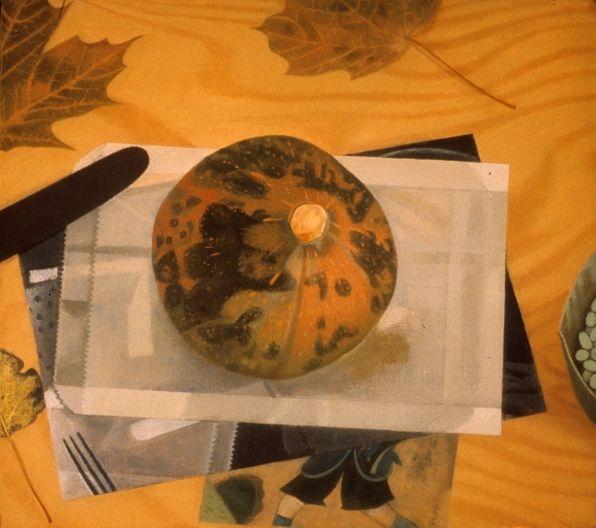
Here is another painting by contemporary artist Susan Jane Walp. This painting is far more autumnal with its strong fall color palette than the previous painting. There are many different shades of orange throughout the piece. The brightest orange colors can be seen on the squash itself – it is the brightness of the orange there that helps to lead our eyes towards this center squash first.
Despite not having some bright splashes of different colors, the fall colors in the painting work beautifully together. In lieu of bright colors the artist placed a sheet of white beneath the squash – this helps to add a break in the orange and muted green colors in the painting. In addition, the artist also has a little bit of cool black and blue beneath the white sheet. This also helps to add more interest amidst the fall colors. However, the colors are not too different, so there is no clashing with the fall color theme.
Apple themed fall painting ideas
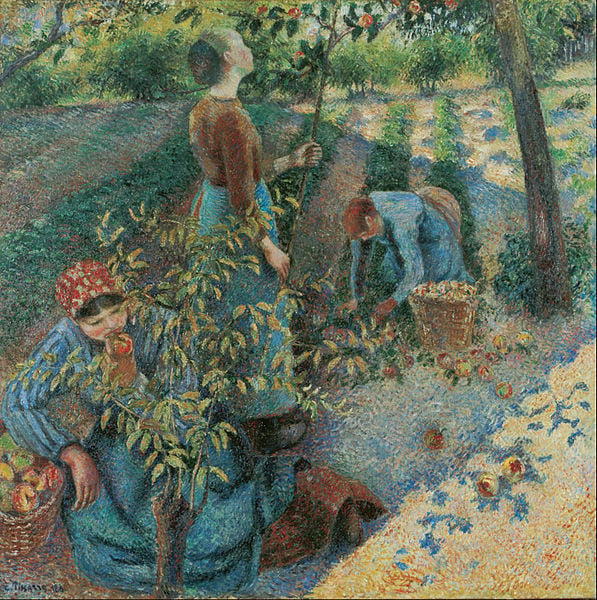
Like pumpkins and squash, apples also make for great fall painting ideas. Above is a painting by Camille Pissarro of some apple picking happening – a tradition many of us partake in come fall. Taking inspiration from seasonal events and activities, is also a great way to develop painting ideas!
Painting fall leaves and apples on the branch
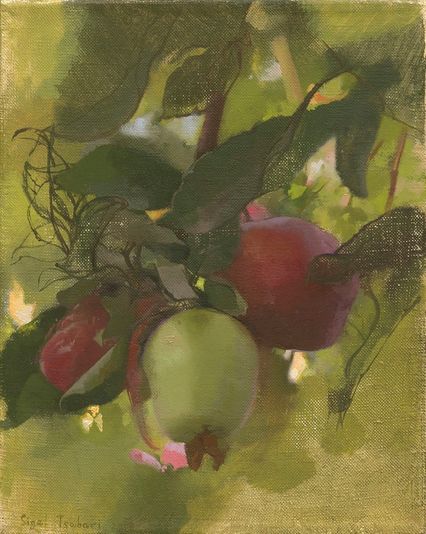
You can also get more specific and create paintings of apples on the branch, as seen in the painting above by contemporary artist Sigal Tsabari. If you have access to an apple tree, you have the great fortune of getting to paint apples in their own environment. Along with painting fall leaves, branches and general foliage surrounding the apples!
Apple still life painting ideas
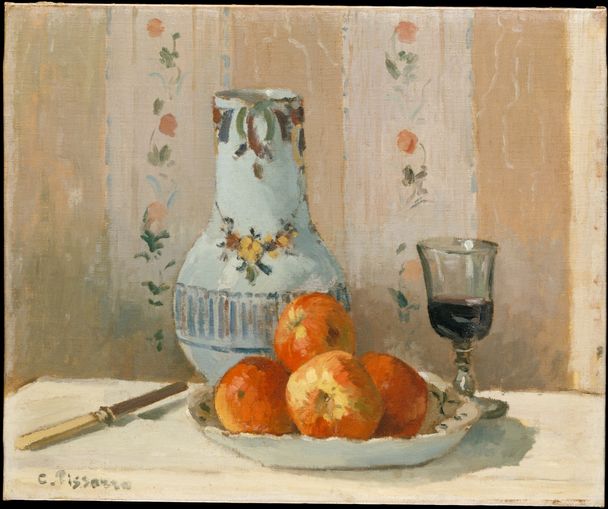
If you do not have access to an apple tree you can take apples indoors and create a still life set up to paint from just like the painting above in Camille Pissarro’s ‘Still Life with Apples’. The painting incorporates other elements such as a jug, bowl, knife and glass of wine. In addition, there is patterning in the background that helps to add some interest.
For your own fall apple still life you could keep it simple and just paint apples on their own or add other elements into the mix like the Pissarro painting above.
Fall still life with apples and pears

Here is yet another different type of apple painting by Paul Cezanne. This piece is an example of how you can focus on just painting apples (and also pears in this case) without adding too many other elements to the still life.
The painting has a lot of fall colors – red, brown, yellow and muted greens. However, the blue colored wall behind the still life, acts as a nice contrast with the warm fall colors. You could pare your fall still life painting down even more by painting a single apple on its own.
Fall landscape painting ideas
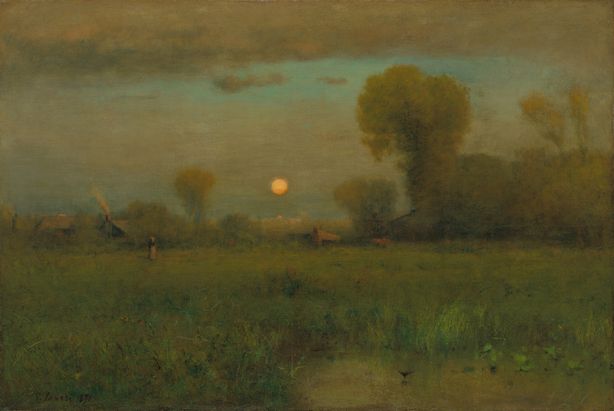
If you can brave painting in cooler weather you will get to capture some fabulous fall landscape painting opportunities! The painting above by George Inness ‘Harvest Moon’ shows the season just as it is becoming fall. The leaves on the trees are starting to turn yellow and orange, but there is still a decent amount of green in the field and on some parts of the trees.
Mixing shades of green for fall landscapes
When painting fall landscapes, you get to do a lot of subtle color mixing with the color green. Green color can be made warmer by mixing red and/or orange with green. Doing this, doesn’t just help to make the color temperature of the green warmer but also mutes the green color. Most of the shades of green color in a fall landscape painting, tend to be muted and warmer in color temperature.
Painting fall trees
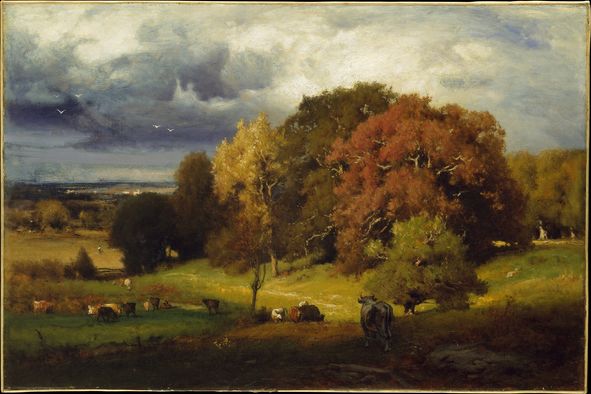
Painting fall trees can make for some wonderful fall painting ideas. Since the leaves are changing color during the fall season they provide endless color inspiration and allow you to get a lot of fall colors into your painting!
The George Inness painting above titled ‘Autumn Oaks’, has three main different colored trees – yellow, red and muted green. This is a great example of painting a variety of different fall tree colors in a single painting.
Autumn sunset ideas for painting
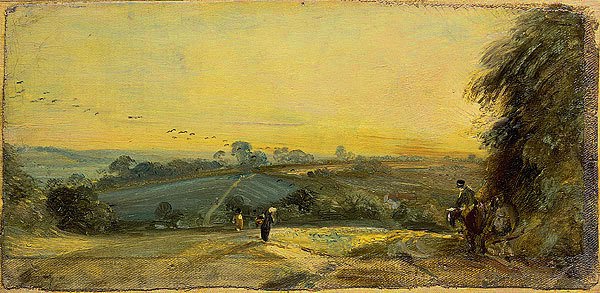
Sunsets are always beautiful no matter what. However, autumn is a special time of year to capture a sunset in a painting. The colors of the surrounding landscape are muted and warmer. A sunset adds an extra level of warm colors to the existing colors in a landscape. This helps to create some very subtle color contrasts in your landscape. It also gives you a good opportunity to develop your color sensitivity.
The painting above by John Constable, is a beautiful example of a fall landscape painting at sunset, captured quickly and in the moment. You can see the quickness of the brush strokes and how he captured what he saw with great brevity. As we all know, sunsets happen quickly, so it is important to work fast when painting them!
A cold, fall day landscape painting
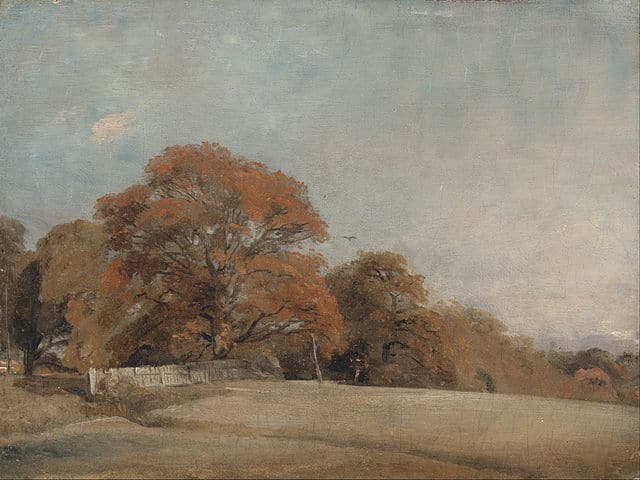
Here is another painting by John Constable, though this piece is different from the sunset painting above, in that the colors are much cooler in temperature. We can sense the coolness of the autumn air and feel that the season is inching closer to winter.
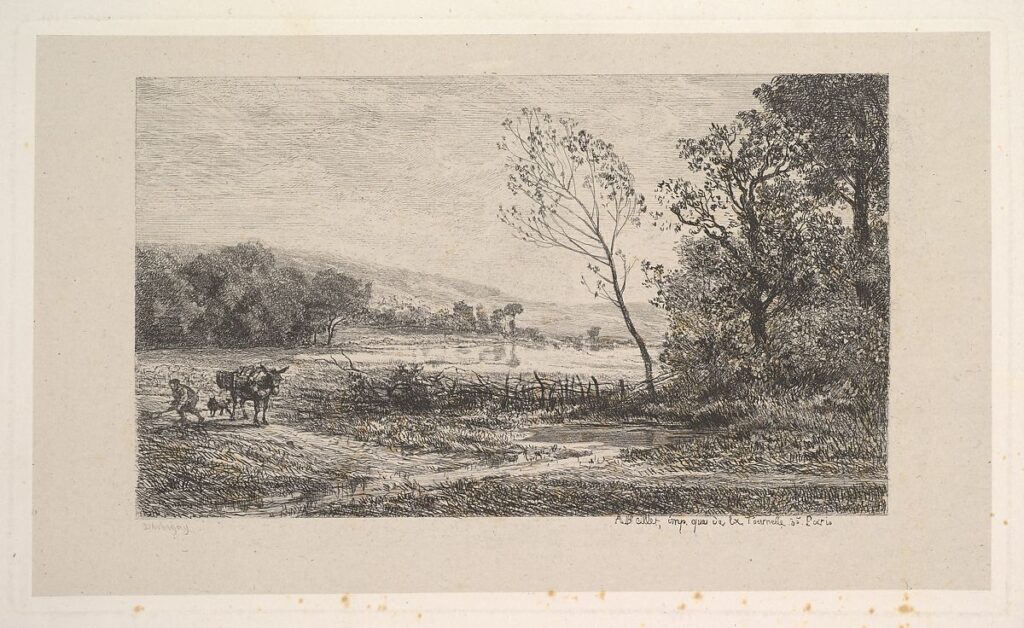
When creating an autumn landscape painting, you can capture the environment and the coolness of the air by working with color temperature. And when painting fall colors, mixing warm and cool colors will make a big difference – especially in landscape painting.
Fall themed tutorials
How to paint with fall colors
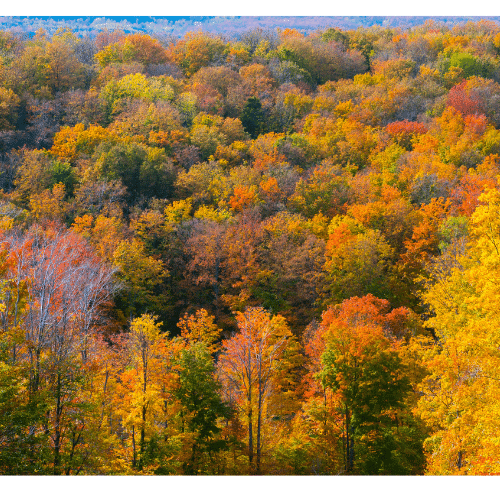
The fall color palette is full of golden yellows, brilliant reds and oranges. As well, fall brings forth a range of muted and earth tone colors and to mix them you have to understand how these colors work together.
Learn all about how to mix fall paint colors for your fall painting in my article here<<
Quince still life painting tutorial
The quince is a really fun object to paint and makes for a slightly more unique fall painting idea. Apples, pears and pumpkins get a lot of attention but if you want to try painting fruit that is a little different…
Follow along with this quince, still life painting tutorial<<
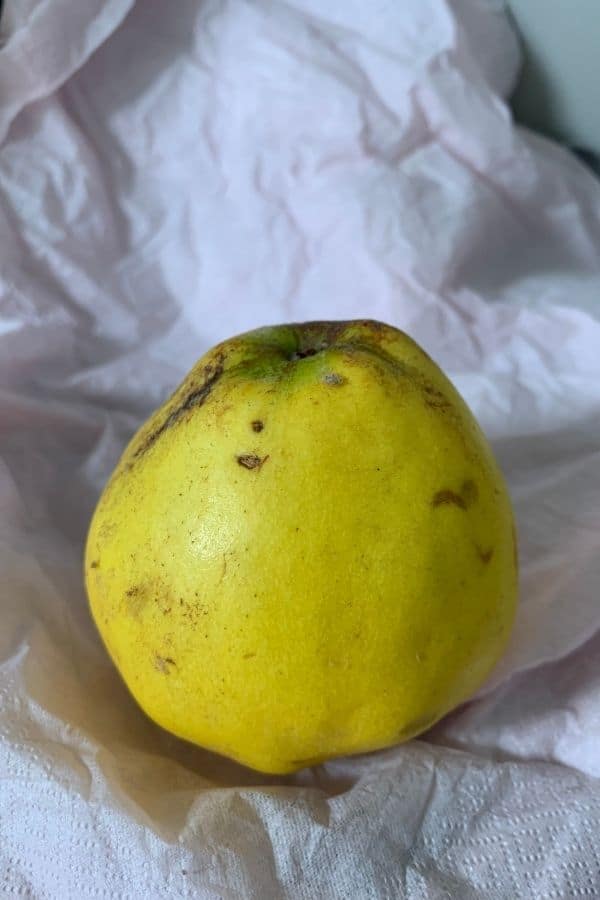
Putting fall painting ideas into practice
Head outside with your paints and look for an inspiring composition to create a fall landscape painting. Or grab an assortment of pumpkins and squash and start developing your own fall still life painting ideas!
Love to hear what you decide to paint, or any additional fall painting ideas you may be inspired by, in the comments section below.
Want to remember this? Save these Fall Painting Ideas to your favorite Pinterest board!

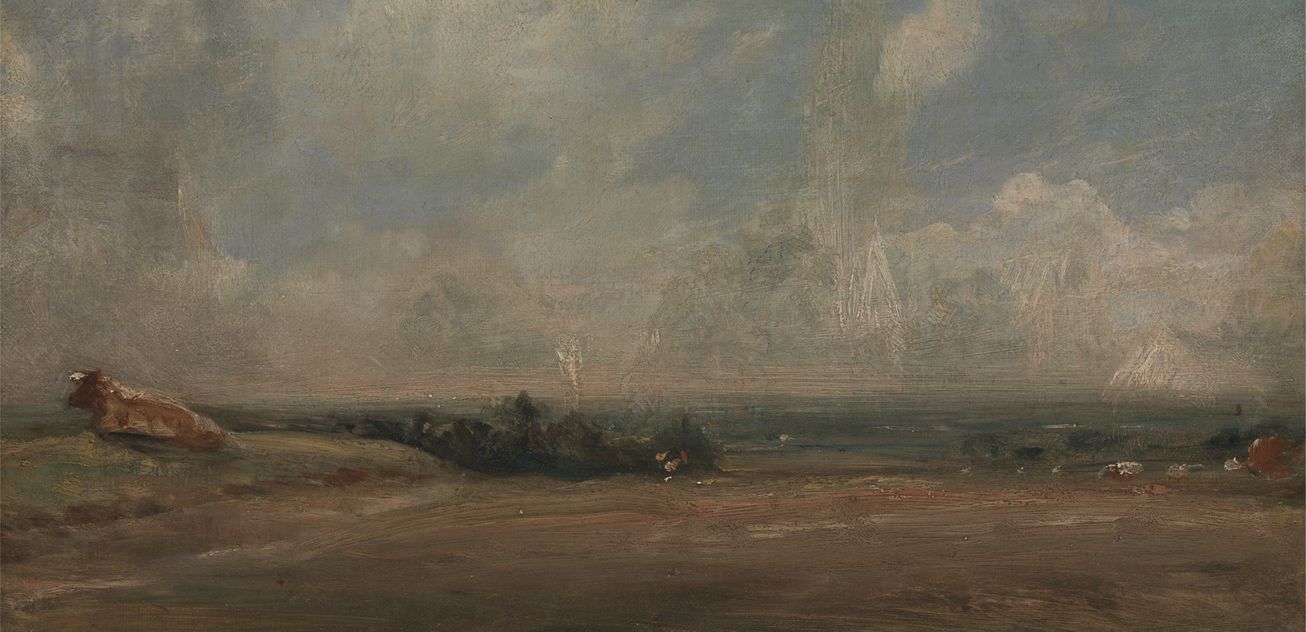

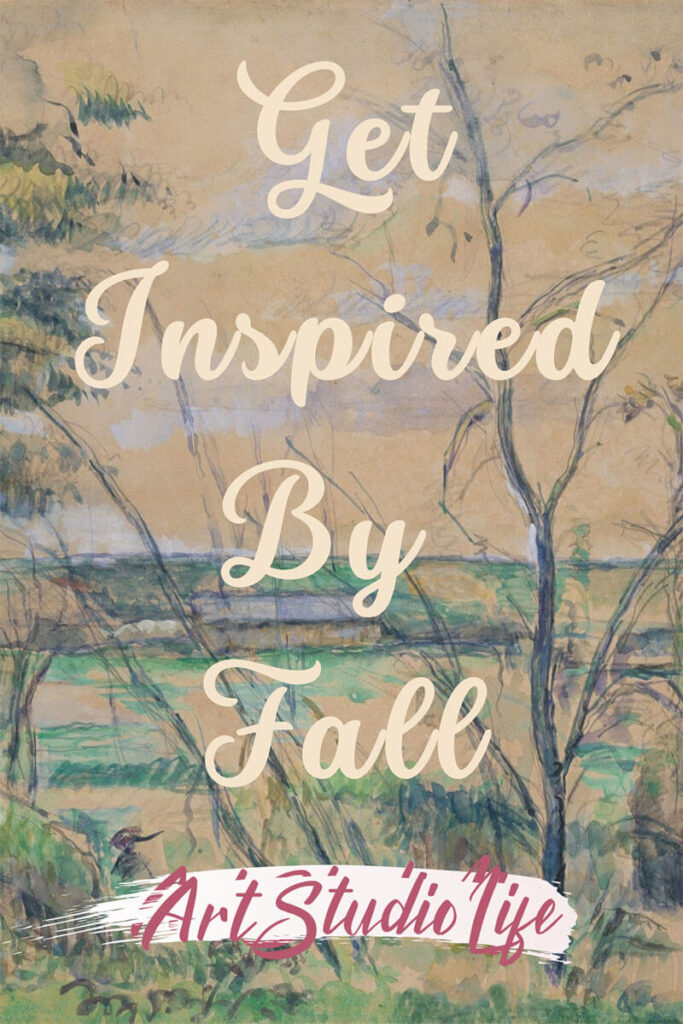

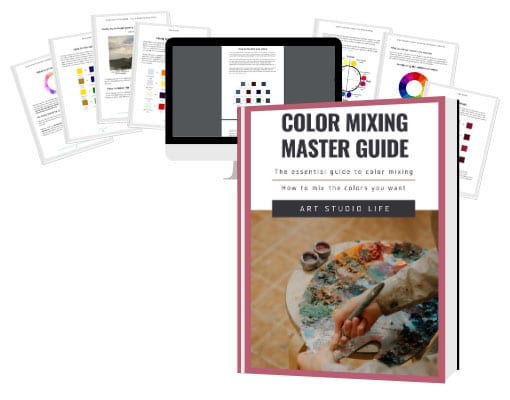


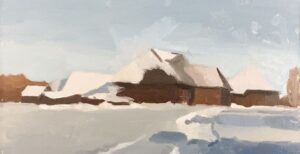
6 thoughts on “Fall Painting Ideas and How to Paint with Fall Colors”
Thank you for making information so accessible!! I love your ideas, your clear explanations, thank you so much! Hugs!!!
You are very welcome! Glad this is helpful 🙂
Your. Guides are so thorough, thank you. You ask which is a favourite,. That’s a tough one but Fall Colours is one of mine. What always throws me when I start to paint is that I use too much colour. Life is not always colourful and I do find the use of greys most satisfying in the paintings of others. I seldom achieve satisfying natural colouring because I overuse colour I need to concentrate on green greys, warm and cool greys and natural greys with very little colour content. Then harmony can become a problem. I feel that a very limited palette and then muted towards greys is most satisfying. My biggest horrors are those with too much colour.
Hi Neil, Thank you for your kind words. I agree that muted colors and greys are very satisfying and quite beautiful in a painting – definitely my favorite range to also work in. Working with mixing complementary colors helps a lot to make colors less saturated.
Love your guidance in color mixing to enhance fall colors. As a beginner I find colors, the right tone of colors, to be a challenge. To not just use a “sap green” but a more quiet color is a key to learning to paint.
Hello Mary I am so glad you enjoyed! Colors can be a challenge especially in the beginning, but the more you mix colors the more you will become comfortable and have a lot of fun with it!